Food & Agricultural
Global Products Hotline:(852) 3890 0638
Corn Futures
The US has been always the largest corn producer in the world, contributing 42.1% of total world production while mainland China, at the second place, produces about 40% of US's yield. Other main producers include Brazil, Mexico, France and Russia, although their yield is incomparable to US. Corn can be consumed directly as meal or serve other purposes after processing. The corn industry also uses wet milling processing to produce starch which can be utilized in paper-making, textile, laundry and food industries; in addition, the starch can be turned into syrup and sugar for making sweets and food.
Factors affecting prices
1.Demand and Supply
2.Supply and Price Change of Competing Crops
3.Development of Alternatives
4.Inventory
5.Seasonal Factors
6.Farm Size
7.Political Factors
8.Supply and Demand Estimates By the US Government
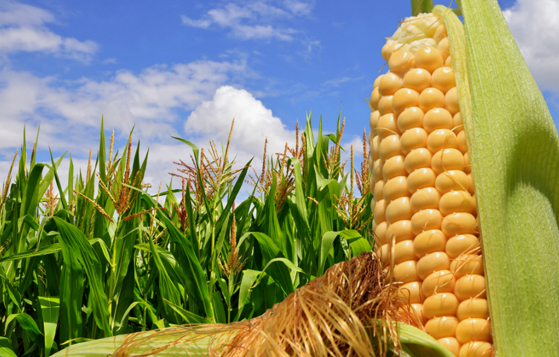
Soybean Futures
Soybean can be used as meal or cooking oil. As it is rich in protein and oil, soybean meal and soybean oil are the major by-products. The US is the largest soybean producer in the world, contributing over half of the total global yield. Soybean farms are mainly located at the south of the Great Lakes region so the traders of soybean are highly aware of the climate of this place. It is also a key area of trading crops commodities and futures in US since it lies in Chicago. Brazil, China, and Argentina are other major soybean producers; but main export countries only include the US, Brazil and Argentina and China intends to maintain its self-sufficiency in soybean.
Factors affecting prices
1.Demand and Supply
2.Seasonal Factors
3.Climate
4.Soybean Crush Margin
5.Alternatives
6.Exchange Rates
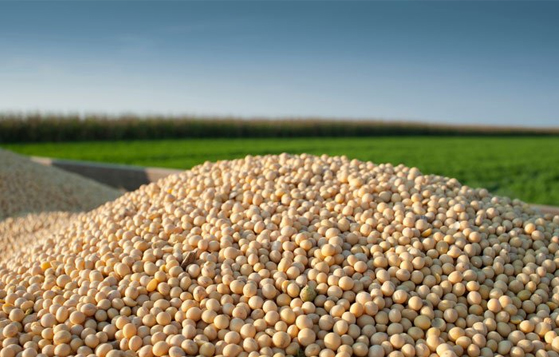
Soybean Oil
It is the vitamin-rich oil extracted from soybean mainly used in cooking; the amount of soybean oil consumed in cooking takes up 70% of the total consumption. Moreover, soybean serves industrial and pharmaceutical purposes. As the population and living standard has risen in Asia region in recent years, the demand of soybean is also growing. Major producers include the US, Brazil, Argentina and European Common Market, which account for 80% of the total yield in the world, followed by China and Japan in the chart.
Factors affecting prices
1.Yield of Major Producers
2.Inventory
3.Demand of Soybean Oikl
4.Price and Supply of Alternatives
5.Agricultural Policies and Tariff of Different Countries
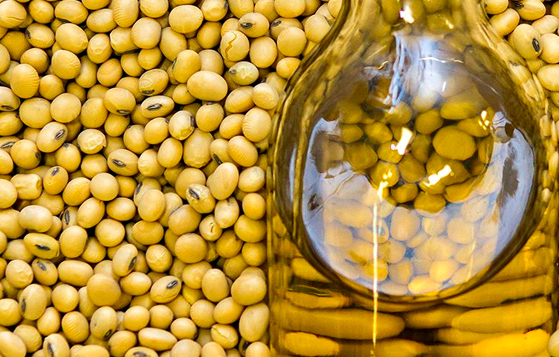
Wheat Futures
Wheat has been an important crop worldwide for a very long time. The wheat produced in the US is mostly hard wheat. Wheat is mainly used in food production and less used as stock feeds compared to other crops. For this reason, the demand and supply of wheat is relatively stable and has a positive correlation with individual income. Major wheat producers include Japan, India, mainland China, Eastern Europe and Australia.
Factors affecting prices
1.Demand and Supply2.Seasonal Factors
3.Important Reports Issued by USDA
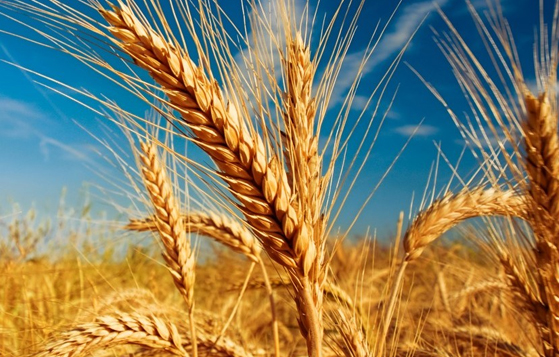
Oat
Oat is a crop grown worldwide and all environment is suitable for its growth, especially cold and warm weather. However, due to different limitations such as eating habits, types, processing and agricultural methods, it is mainly used as stock feeds.
Russia is the largest producer in the world, followed by the US and Western Europe.
Factors affecting prices
1.Climate Change of Producing Countries
2.Import and Export Policy of Different Countries (esp. producing countries)
3.Demand of Oat
4.Alternatives
5.Exchange Rate

Sugar No.11 Futures
The major sources of commercial sugar are the crystallized form of cane and beets, which are natural sweeteners. Cane is a plant under Poaceae, mainly located in tropical and subtropical areas in the world. Cane will be transformed into raw sugar after refining, which is Sugar No.11 traded in NYBOT.
Sugar is mainly used in food and beverage manufacturing including processed crop products, sweets, chocolates, canned fruits, ice-cream, soda and concentrated juice.
Factors affecting prices
1.Demand and Supply
2.Seasonal Factors
3.Consumption in Producing Countries
4.Inventory
5.International Sugar Agreement
6.Alternatives

Cotton No.2 Futures
Cotton is famous for its versatility, comfortability and durability. It is widely used in making fabric and clothes as cotton is a better fiber than other natural fibers in strength, color fastness, durability and ease of processing. Major producers of cotton include mainland China, the US and Russia which together contribute over 65% of the total yield in the world. Currently, the main exchange of cotton futures is NYBOT.
Factors affecting prices
1.Demand and Supply
2.Policy Factors
3.Growth and Yield of Cotton
4.Production and Inventory of Cotton
5.Price of Cotton
6.Sales Season
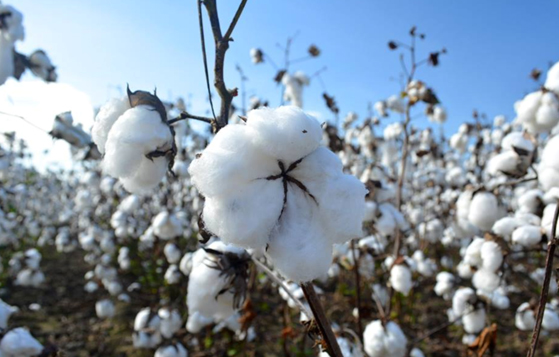
FCOJ-A Futures
There are only two major producers of orange juice in the world: Brazil and the US that they takes up 51% and 40% of the total production in the world respectively. Therefore, the price of FCOJ futures are mainly affected by the demand and supply in Brazil and the US while the reports issued by USDA will put pressure on the price of orange juice. In addition, climate also has a significant influence on the price of orange juice, especially in Florida where frost and typhoon occur in Winter and Summer. During the typhoon season in Florida, the price will be much affected when typhoon occurs.
Factors affecting prices
1.Change in Demand and Supply
2.Inventory of Orange Juice
3.Climate Change and Pest
4.Policy of Government and USDA
5.Seasonal Factors
6.Alternatives

Rough Rice
Rice is the staple food of more than half of the world's population with a long history and wide variety. It can be grown in different means and at the same time has more requirements in the growing process. Location is one of them; harvest frequency is different according to the locations. In low-latitude regions such as South-East Asia, Southern China region and Taiwan, rice is harvested 3 times a year; in Changjiang basin, it is twice a year; and only 1 time a year in high-latitude regions such as Northern China, Korea and Japan. In 2008, rough rice future is less-popular agricultural future product; but as the food crisis emerges and the rise price increases, it starts to receive more attention from investors.
Factors affecting prices
1.Climate Change in Producing Countries
2.Import and Export Policy of Different Countries (esp. producing countries)
3.Demand and Supply
4.Alternatives
5.Exchange Rates
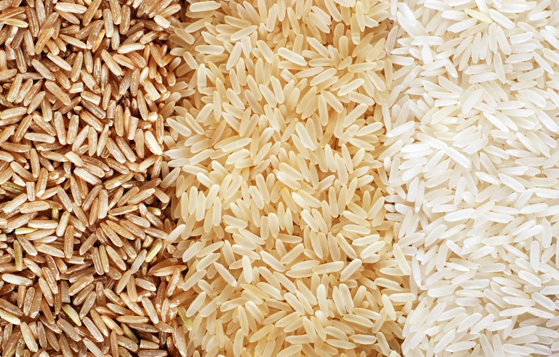
Lean Hogs
Trading in live hog futures began at CME in 1966. Since 1997, live hog futures transformed into lean hog future at CME for convenience. However, as the demand of pork is quite high in the US that the import and export volume is limited, and there is not much meat available on a lean hog, the price of pork is sometimes very volatile; as a result, quite a number of hog farmers and pork processing industry participate in the trading of lean hog futures to hedge the price movement of pork. Each lean hog futures contract represents 40,000 pounds of meat, which is settled by cash.
Factors affecting prices
1.Supply of Hogs2.Demand of Hogs in Different Countries
3.Volatility of the Price of Hog Feed
4.Effect of Diseases
5.Economic Situation of Different Countries
6.Alternatives
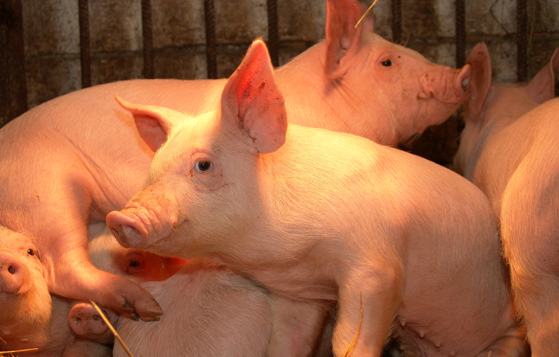
Feeder Cattle & Live Cattle
Feed cattle refer to 8 to 14 months old cattle weigh between 650-850 pound. They are slaughtered as live cattle to produce beef for selling when they reach 900-1400 pound after 4 to 9 months. Live cattle will be classified into different levels by their quantity and quality. Among all live cattle futures contract, 55% of live cattle are graded as Choice while 45% are graded as Select. Around 67% of the beef in the world are produced in the US.
Each live cattle futures contract represents 40,000 pounds of live cattle, which is settled by physical delivery.
Each feeder cattle futures contract represents 50,000 pounds of feeder cattle, which is settled by cash.
Factors affecting prices
1.Climate Change of Producing Countries
2.Import and Export Policy of Different Countries (esp. producing countries)
3.Demand of Beef
4.Alternatives
5.Exchange Rate

Cocoa Futures
Cocoa tree is a tropical plant cultivated within 20 degrees north or south of the equator with about 30 main growing districts in the world. Cocoa can be turned into drinks and chocolate after processing so there is a huge demand for it. The main harvest of cocoa is between October to March that over 75% of the total production in the world is yielded in this period wile the second harvest is between May to August.
There is a common characteristic in the production and marketing of cocoa that most of the producers are third countries while consumers are mainly highly developed countries. Due to the difference in the producing and consuming countries, over 65% of the production is traded in the global market with the US being the largest consumer country, followed by Germany, the Netherlands, Brazil, United Kingdom and France.
Factors affecting prices
1.Change in Demand and Supply
2.Inventory of Cocoa
3.Policy of The International Cocoa Organization (ICCO)
4.Seasonal Factors
5.Exchange Rates

Coffee Futures
Coffee has a long history and is mainly used as drinks. Generally speaking, coffee is best grown in the sunny equatorial belt. Producing countries of coffee are required to grade the coffee bean by the size before delivery of the goods. Besides, as coffee beans have a long storage life, the quality will not be much varied. Coffee C (Arabica) futures contract is the only coffee futures contract traded in NYBOT of which the price will vary based on a standard price at delivery as coffee beans are imported from different countries. Trading months of Coffee C Futures are mainly March, May, July, September and December while each contract represents 37,500 pounds.
Factors affecting prices
1.Change in Demand2.Climate Change and Pest
3.Policy from Different Countries and The International Coffee Organization
4.Labour Strike and Market Rumors
5.Seasonal Factors
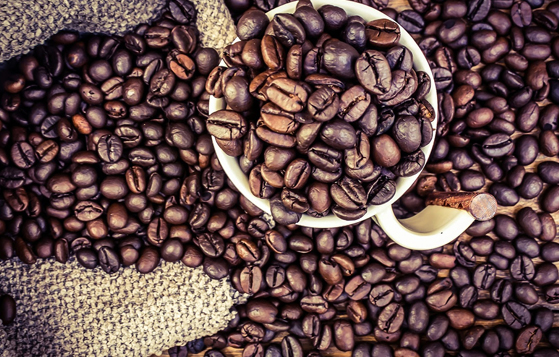
Soybean Meal
Also called soya flour, soybean meal is the protein-rich by-product from the oil extraction process of soybean. It is mainly used in the animal feed industry as a protein supplement for livestock. In the early times, soybean is extracted for oil by compressing; today, chemical means are used. Due to the increase in population and living standard in Asian countries, the consumption of soybean meal also grows.
Factors affecting prices
1.Yield of Major Producing Countries
2.Price of Soybean and Soybean Oil
3.Economic Situation of Countries
4.Demand of Soybean Meal in Countries
5.Effects of Disease (when livestock diseases such as bird flu and mad cow disease occur, demand of soybean meal will drop due to the decrease in the number of livestock)

Global Products Hotline






